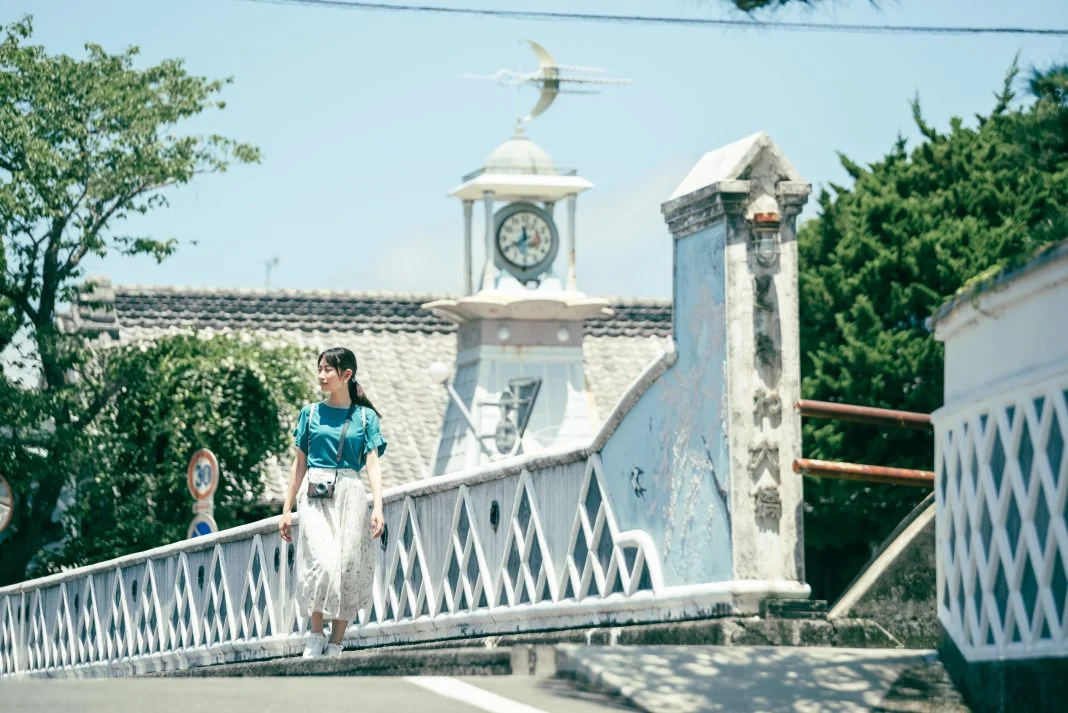Located in the southwestern part of the Izu Peninsula, Matsuzaki is a port town known for its unique namako walls. “Namako-kabe” (meaning “sea cucumber walls”) is a traditional Japanese style of wall painting made by using earthen plaster. Matsuzaki, where such namako walls have a strong presence in the city both practically and as art, is filled with amazing sights fit in a compact area, making it a perfect place for a leisurely stroll while enjoying the townscape. Here, we will introduce the highlights of the town in two parts.
First, the Meiji Era Mercantile House, Nakase Residence, which still retains a trace of its past
Our first stop is the Nakase Residence, a Meiji era mercantile house featuring a clock tower with an eye-catching, impactful design. Located next to a municipal parking lot, it also serves as the Izu Peninsula Geopark Visitor Center, tourist information center, and rest area that is free of charge, making it an ideal starting point for your trip.
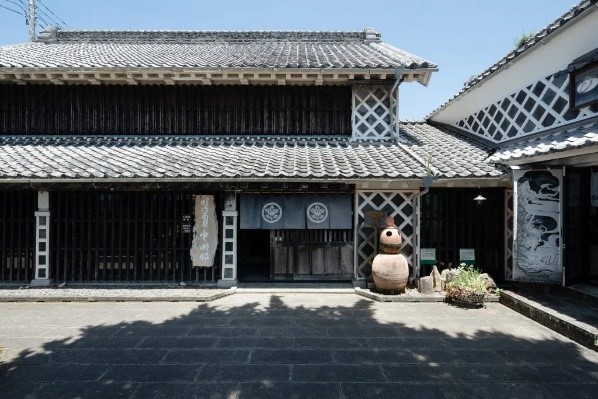
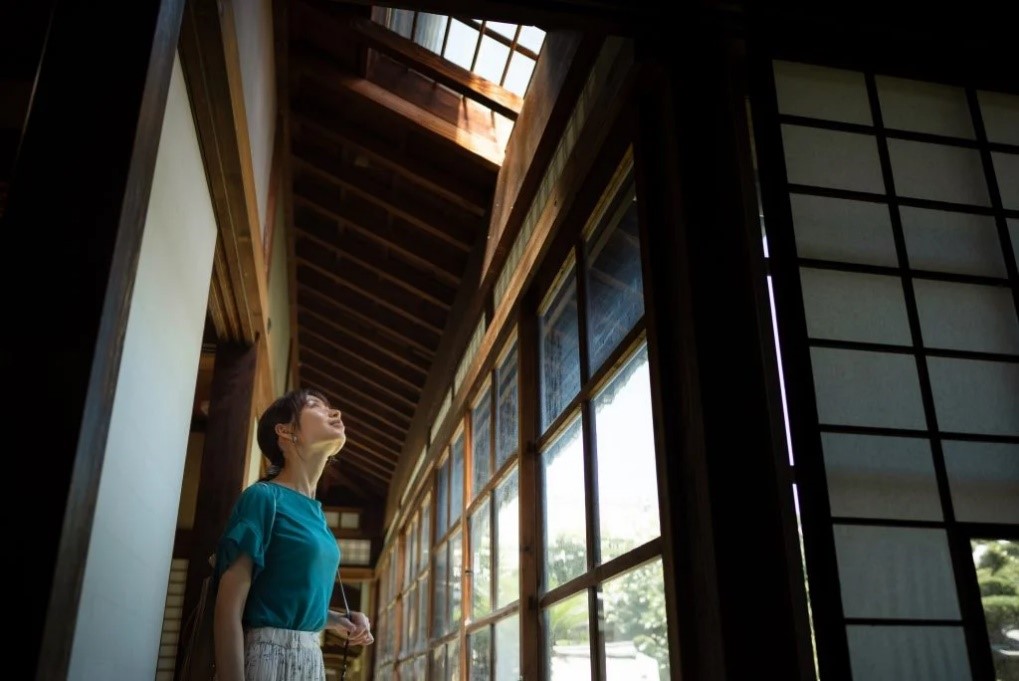
[Meiji Era Mercantile House, Nakase Residence] https://www.town.matsuzaki.shizuoka.jp/docs/2016111800024/
Discover the art scattered throughout the town in the form of trowel paintings and a series of retro buildings
After taking a tour of the residence, let’s start our journey through the town. In contrast to the chic colors of the Nakase Residence, the novel exterior and colorful interior of the clock tower catches the eye, as the shutters of our cameras are already in a continuous state of shooting.
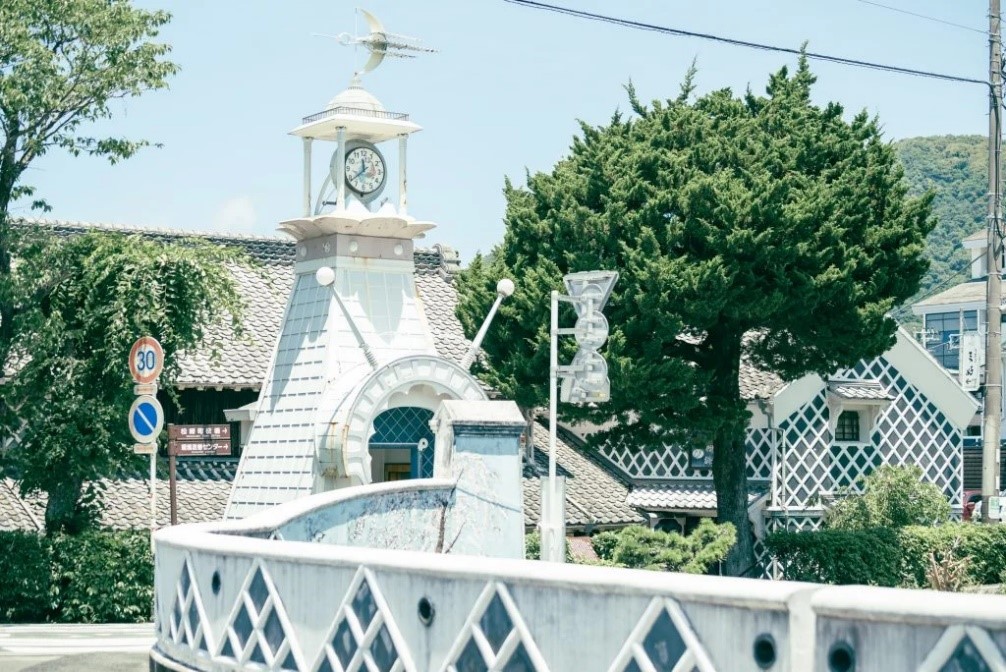
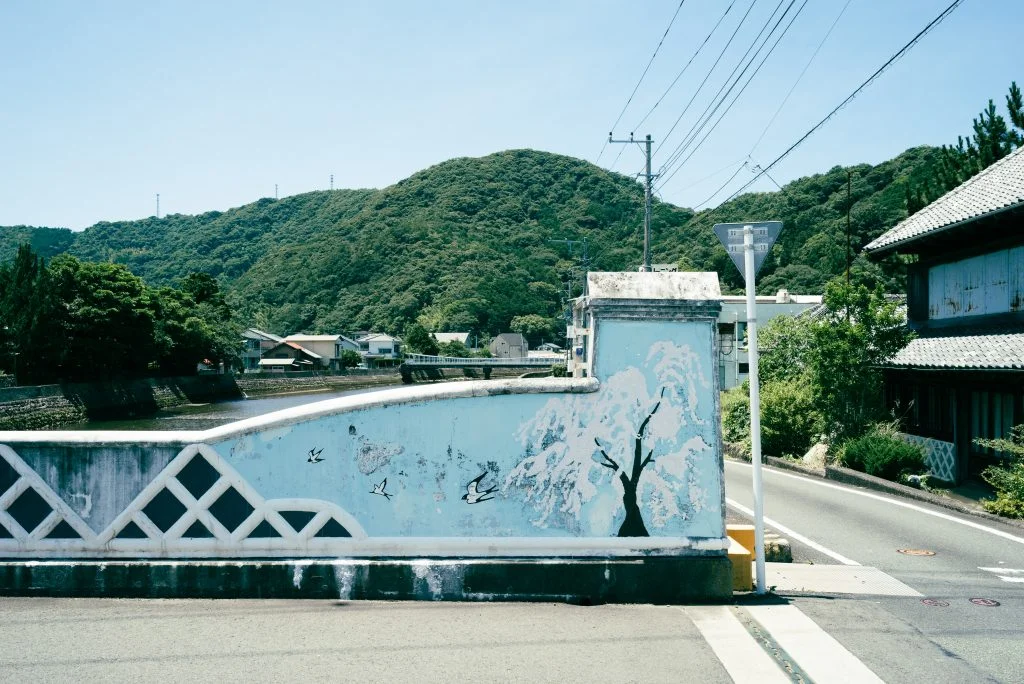
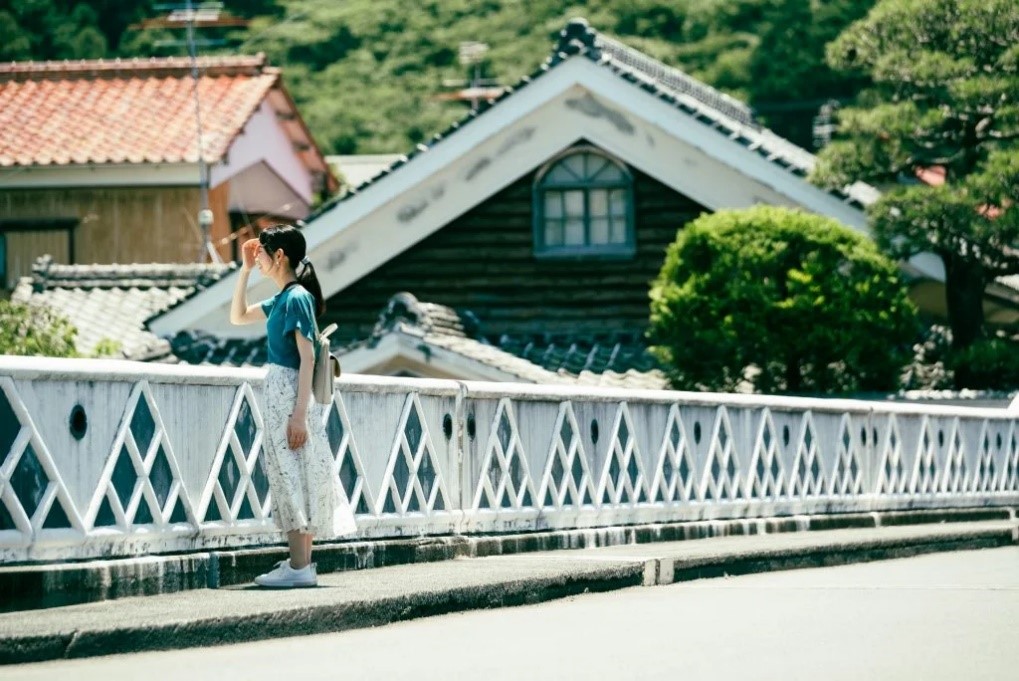
This is in fact a trowel painting using plaster, which is used for namako walls. It is said that plasterers who painted the namako walls began to decorate them as a small token of appreciation to the homeowners who ordered them. The town of Matsuzaki is also known as the birthplace of Chohachi Irie, a master plasterer.
The streets are dotted with spots where visitors can stop to admire the cute tile walls, retro wooden framed glass windows, and other traditional style houses. We also discovered a stylish wall reminiscent of the Beatles’ famous album cover, which made it difficult to get to our next destination. This is the kind of fun that you can only enjoy when walking around.
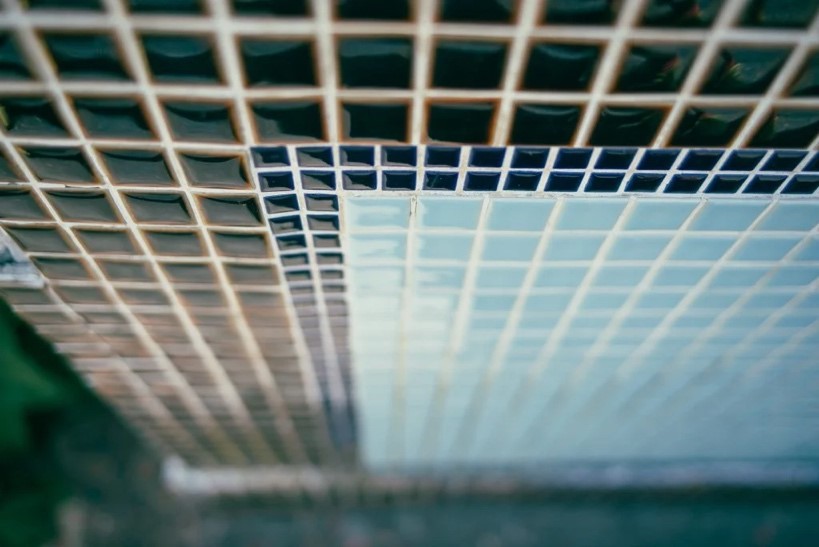
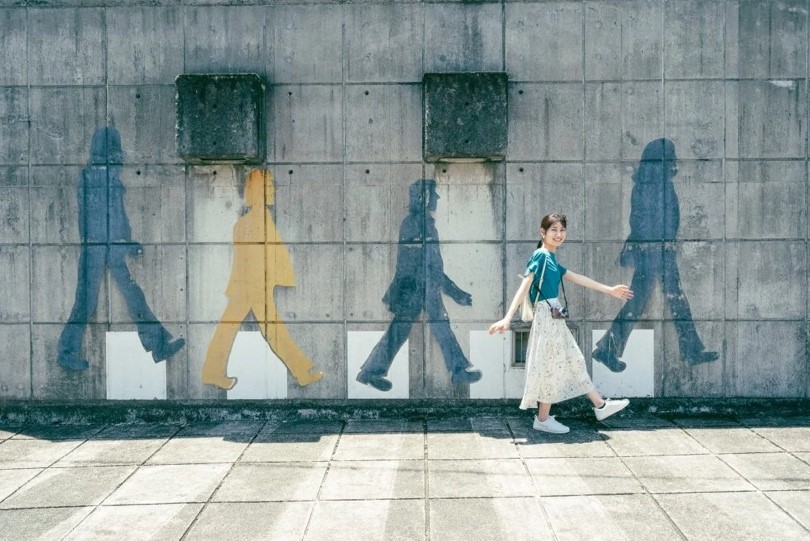
Take a close look at the beautiful namako walls
One of Matsuzaki’s most iconic landscapes is the Namako-kabe Street. This building, which is where Kondo Heizaburo, a legendary Japanese pharmaceutical scholar and a native of Matsuzaki, was born, was built at the end of the Edo period, and offers visitors a close-up look at the namako walls preserved in excellent condition.
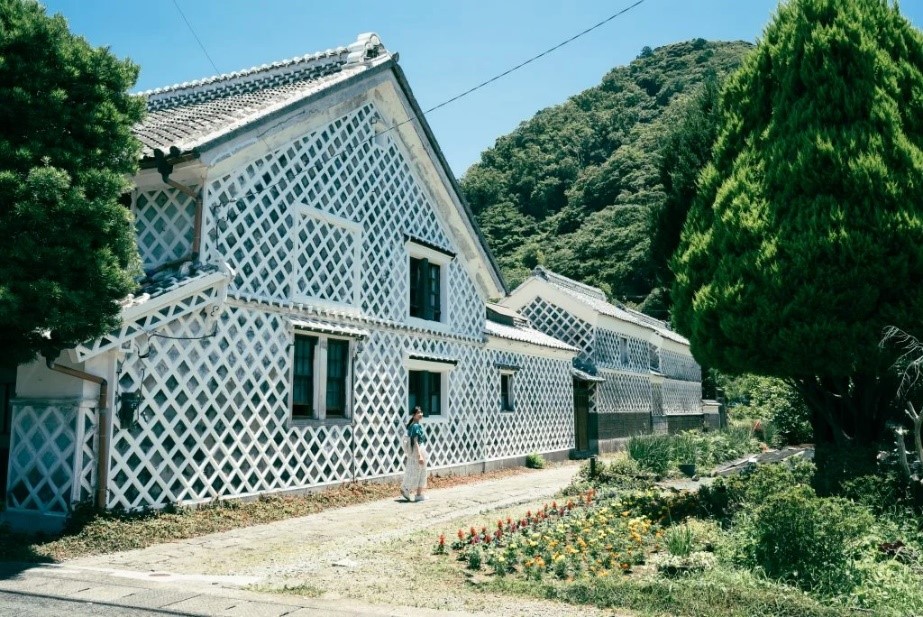

Namako walls have excellent fire resistance, heat retention, and moisture retention properties and they feel pleasantly cool to the touch. It is said that the larger the plaster build-up, the more luxurious it is, so it will be fun to compare various walls to see the differences.
[Namako-kabe Street]
https://www.town.matsuzaki.shizuoka.jp/docs/2019012100026/
Look up at “Unryu” (Dragon and Clouds), an emotion-filled artwork by Chohachi Irie at the Chohachi Art Museum (Jokanji Temple).
After taking a full tour of the namako walls, we decided to visit the temple where Chohachi Irie, a master trowel artist, spent his childhood.
Chohachi Irie studied at Jokanji Temple, which was also a temple school, and at the age of 12, he became an apprentice to a master plasterer, and later, at the age of 23, he went to Edo to study under a master of the Kano school of painting, and at the same time, he refined his skills as a sculptor. By applying these techniques to the art of plaster, Chohachi was able to create a completely unique art form.
Here you can see “Unryu,” a painting of a white dragon on the ceiling of the main temple building. This work by Chohachi Irie was painted as a way of repaying a debt of gratitude for the reconstruction of Jokanji Temple, which was destroyed in the Great Fire of Matsuzaki at the end of the Edo period.

The dragon is said to bring rain clouds, and one can sense Chohachi’s wish that a fire would never occur again. The series of works by Chohachi, which incorporate vivid colors and various techniques that cannot be reproduced even today, are also must-see attractions.


During the tour, visitors are given a 20-minute detailed explanation (in Japanese) of the works and the temple. Looking at the works after listening to the explanation doubles the enjoyment. The more you learn about the thought and skill that goes into the work, the more you’ll be impressed.

[Chohachi Memorial Hall (Jokanji Temple)] https://chouhachi-mh.izu-westwind.net/
Take your time to appreciate the stunning works of Chohachi Irie at the Izu Chohachi Art Museum
We also visited the Izu Chohachi Art Museum to see more of the works of Chohachi Irie, who loved Matsuzaki.



This museum was opened in 1984 to disseminate the achievements of Chohachi Irie and the allure of plastering techniques. The impressive building, designed by architect Osamu Ishiyama, is said to have been built by skilled plasterers from all over Japan who contributed their techniques without hesitation, and the building alone is worth seeing.
The museum houses approximately 50 of Chohachi Irie’s most famous works. Some of the works were cut from the interior walls of the former Iwashina Town Office located in the Iwashina district of the town, and the delicate workmanship should be viewed carefully through a magnifying glass. The more you look at them, the more it’s hard to believe they are painted with a trowel.


[Izu Chohachi Art Museum]
http://www.izu-matsuzaki.com/publics/index/69/
Summary of Part I
We were able to fully appreciate the namako walls and the works of Chohachi Irie, and were completely enchanted by the tranquil atmosphere of the town. We’ll continue this nostalgic walk through Matsuzaki that will make you forget about your busy life.
👇Click here for Part II
